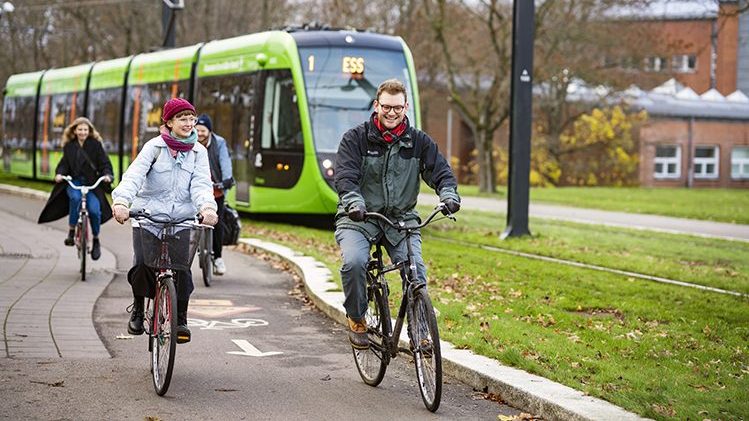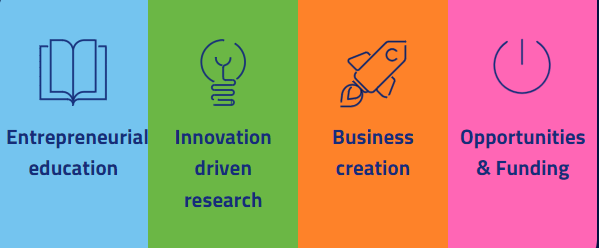What is EIT?
- The European Institute of Innovation and Technology (EIT), based in Budapest, Hungary, is an EU initiative to support innovation at the system level – from education to the market.
- The EIT is part of Horizon Europe, the EU’s research and innovation investment programme, and has a budget of around €3 million for the period 2021-2027.
- It is part of the third pillar of the programme – ‘Innovative Europe’ – which aims to stimulate technological breakthroughs and innovation ecosystems.
- The EIT has a number of Knowledge and Innovation Communities (KICs), each addressing a major societal challenge, such as Food, Climate.
What is a KIC?
- A KIC is a partnership, a Knowledge and Innovation Community, of companies, universities and organisations working on knowledge and innovation in a thematic area.
- KICs support innovation and entrepreneurship and create breakthroughs in their thematic areas by fostering collaboration between higher education, research and business.
Lund University is active in three of the KICs
- EIT Climate KIC – for a faster transition to a carbon neutral economy
- EIT InnoEnergy – for sustainable energy solutions for the future in the EU
- EIT Digital – for the digital transition in the EU
- EIT Health – for better opportunities to live a healthy life
- EIT Raw Materials – for the development of raw materials as a key resource
- EIT Food – for a global revolution in food and production
- EIT Urban Mobility – for the development of smart, environmentally friendly and integrated urban transport
- EIT Manufacturing – for increased competitiveness of the EU manufacturing industry
- EIT Culture & Creativity – to boost the competitiveness of the EU’s creative industries
- EIT Water to be established in 2026
What is in it for Lund University?
Through all KICs, the EIT is active in all EU countries and has over 2,000 closely connected partners in research, education and business. It is these networks that are valuable to Lund University, where we have different strategies to influence and develop research, education and innovation.
The KICs have slightly different organisational models and are in different phases of their life cycle (in 15 years). In the three KICs where LU is active now, Climate KIC is in its final phase, EIT Food is in an intermediate phase and EIT Culture & Creativity is newly started.
To increase the impact of the KICs, the EIT has changed the forms so that non-members of KICs can also take part in various activities. The aim is to increase the diffusion of knowledge and innovation in the EU.
Can I apply for funding through a KIC?
Yes, but not as an individual researcher. Calls for proposals require collaboration between several partners. There are good examples of how researchers at Lund University have managed to get funding for several projects and follow-on projects by participating in the KICs’ networks.
How do I get news on open and upcoming calls?
A team of project managers and coordinators at LU Samverkan works with the KICs and to get news out to researchers, students and staff there is a blog and a newsletter that is sent out a few times a year with a selection of current calls.
What is the added value of KICs in education?
Through a three-year pilot initiative, HEI Innovate, starting in 2025, the EIT aims to increase entrepreneurial and innovation capacity in EU higher education by supporting institutional change in higher education institutions and their integration into innovation ecosystems.
By 2027, the EIT aims to involve 680 higher education institutions and reach more than 25 000 students through its education programmes. Over 3,000 students have graduated from EIT-labelled master’s and doctoral programmes.
The KICs have created a large network of EIT alumni who together form a multidisciplinary and multicultural community of change-makers for an innovative and sustainable Europe.








Comments